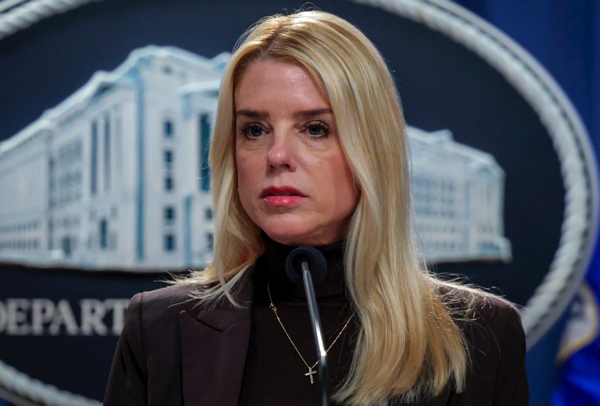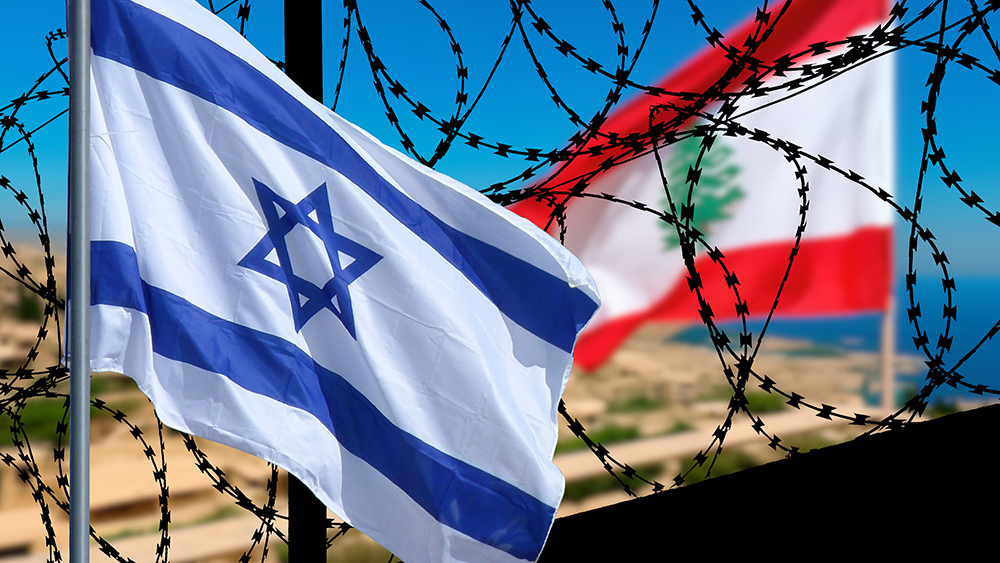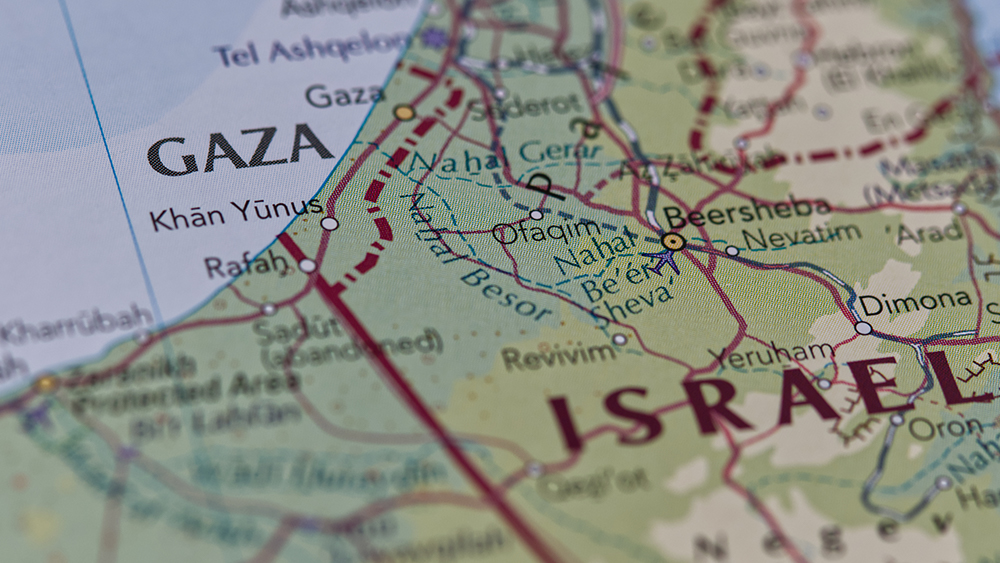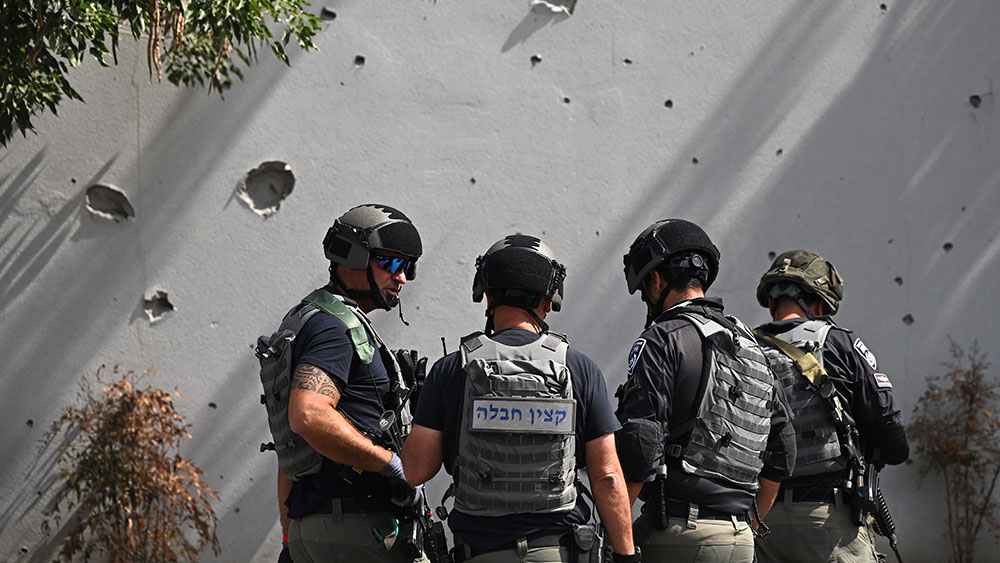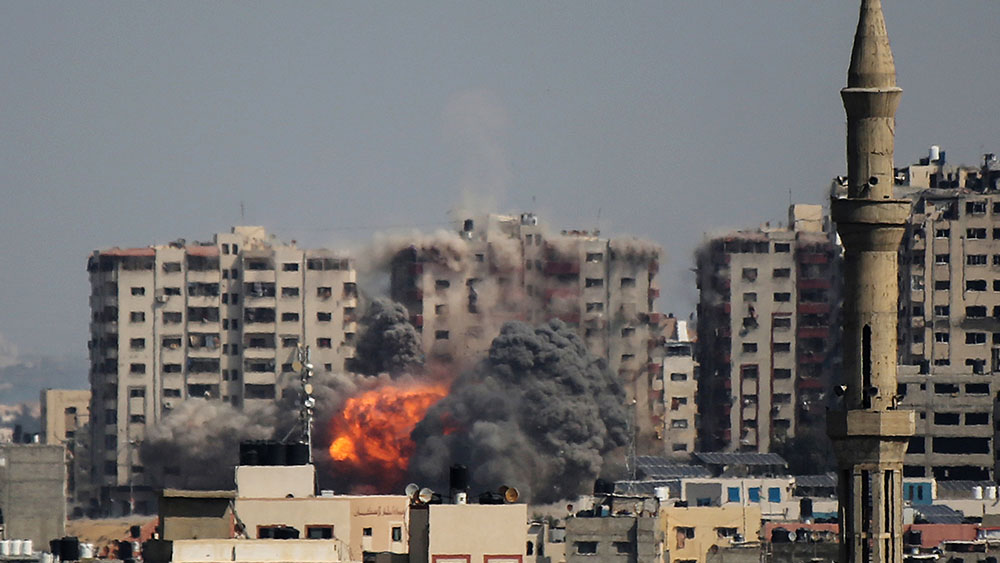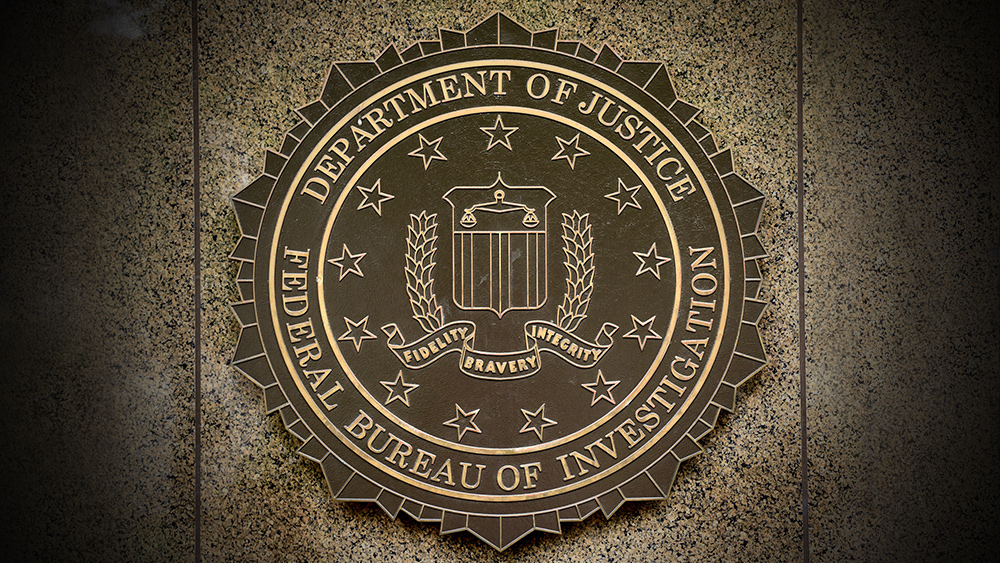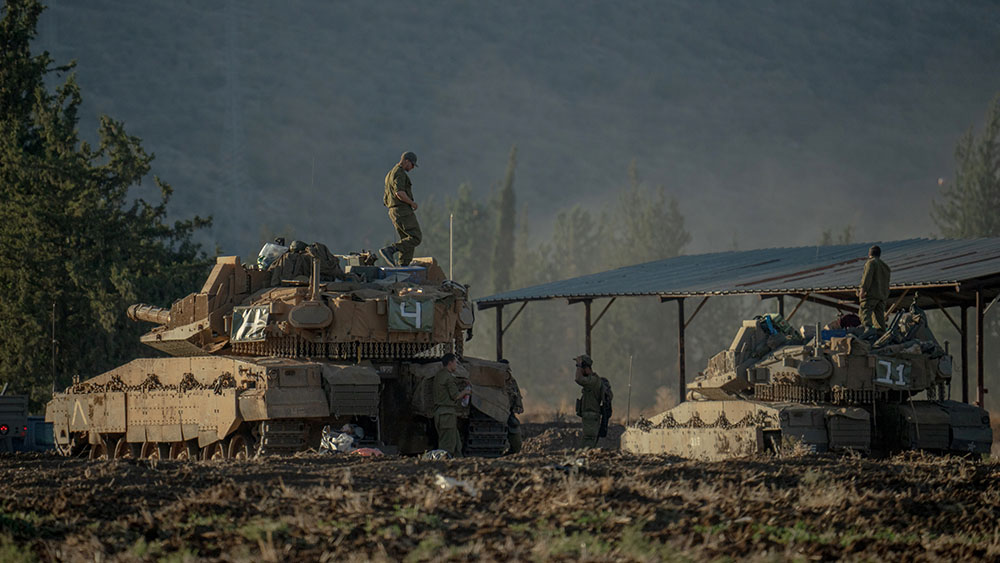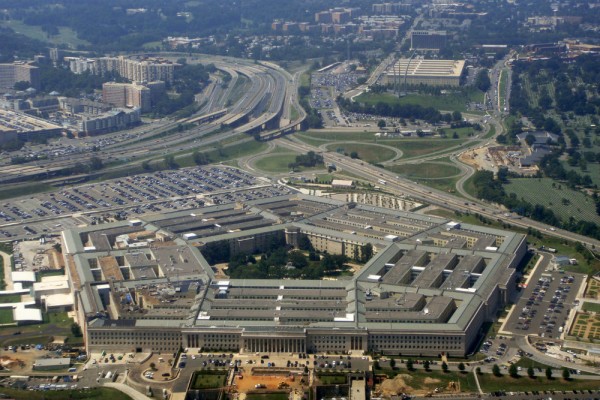Trump threatens military action against Hamas over Gaza unrest, signaling policy shift
10/20/2025 / By Belle Carter
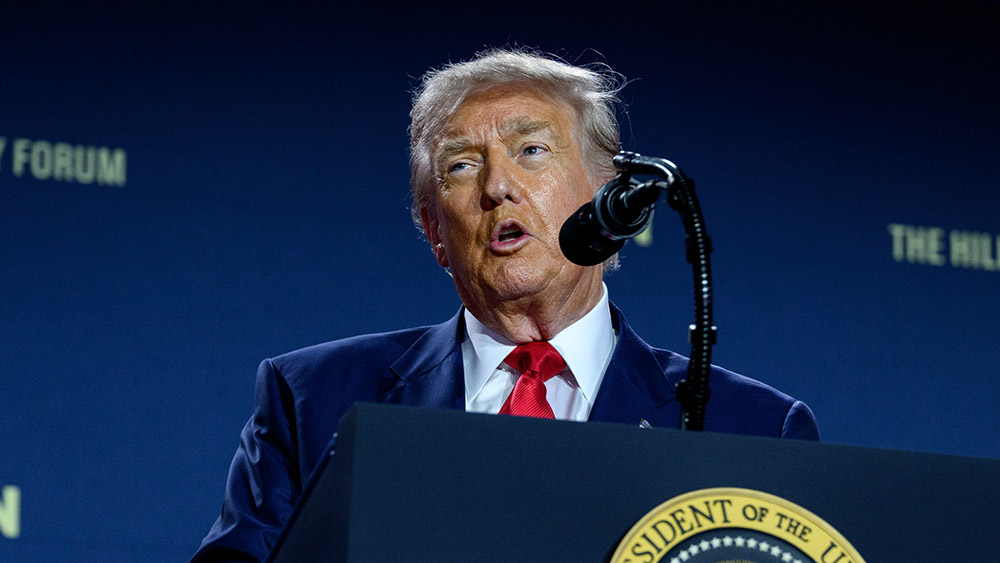
- President Trump declared that the U.S. would “go in and kill” Hamas if they continue targeting alleged criminals and collaborators in Gaza—a sharp reversal from his earlier tacit approval of Hamas’ crackdowns.
- Days earlier, Trump downplayed Hamas’ suppression of gangs, stating, “They did take out a couple of gangs that were very bad… And that didn’t bother me much.” By Thursday, he warned, “If Hamas continues to kill people in Gaza… we will have no choice but to go in and kill them.”
- Trump clarified that U.S. troops would not enter Gaza directly but suggested allied forces (likely Israel) would act under American direction, stating, “There are people very close… that will go in and they’ll do the trick very easily.”
- Hamas is attempting to consolidate control amid resistance from armed factions, some allegedly backed by Israel. Clashes have erupted with clan militias accused of looting aid and collaborating with Israeli intelligence.
- The fragile ceasefire is under strain, with Israel continuing raids and delaying aid access. Trump’s demand for Hamas to disarm contradicts their refusal to relinquish power, risking renewed conflict and worsening Gaza’s humanitarian crisis.
President Donald Trump declared on Oct. 16 that the U.S. would “go in and kill” Hamas if the militant group continues targeting alleged criminals and Israeli collaborators in Gaza—a stark reversal from his earlier tacit approval of Hamas’ crackdown on gangs.
The statement, posted on Truth Social, raised tensions amid an already fragile ceasefire and underscores Trump’s hardening stance toward the group he once described as having “approval” to restore order in the embattled enclave.
Just days ago, Trump downplayed Hamas’ violent suppression of Gaza-based gangs, telling reporters on Tuesday: “They did take out a couple of gangs that were very bad, very, very bad gangs… And that didn’t bother me much, to be honest with you.” But by Thursday, his tone shifted sharply.
“If Hamas continues to kill people in Gaza, which was not the deal, we will have no choice but to go in and kill them,” he wrote, referencing an unspecified agreement.
Later, Trump clarified that U.S. troops would not enter Gaza directly but suggested allied forces—widely interpreted as Israel—would act under American direction.
“There are people very close, very nearby that will go in and they’ll do the trick very easily,” he said, without naming the country.
Gaza’s fractured power struggles
The clashes Trump referenced stem from Hamas’ recent attempts to consolidate control amid resistance from armed factions, some allegedly backed by Israel. Over the weekend, deadly confrontations erupted between Hamas security forces and clan militias accused of looting aid and collaborating with Israeli intelligence. In response, Hamas offered amnesty to armed groups—a move rejected by at least three Israeli-supported militias operating in IDF-patrolled zones.
One such group, led by Yasser Abu Shabab, has been linked to ISIS and has reportedly seized humanitarian aid shipments. Meanwhile, Palestinian Authority President Mahmoud Abbas condemned Hamas over alleged executions of suspected collaborators, calling the killings a “heinous crime.”
The ceasefire, brokered earlier this month, remains tenuous. While Hamas has largely adhered to the truce, Israel has continued daily raids, citing “security threats” near military zones. Additionally, Israel has delayed reopening the Rafah crossing and threatened to restrict aid, accusing Hamas of failing to return all captives’ remains.
Trump’s latest remarks inject further uncertainty into the fragile peace. His demand for Hamas to disarm—”They will disarm, and if they don’t do so, we will disarm them, and it’ll happen quickly and perhaps violently”—directly contradicts the group’s longstanding refusal to relinquish power.
“Trump’s abrupt pivot from tolerating Hamas’ internal crackdowns to threatening military intervention underscores the volatility of U.S. policy in Gaza,” said BrightU.AI‘s Enoch. With Israel’s occupation ongoing and Hamas unwilling to cede authority, the ceasefire’s longevity remains in doubt. As regional tensions simmer, Trump’s rhetoric risks reigniting full-scale conflict—a scenario that would deepen Gaza’s humanitarian crisis and destabilize the broader Middle East.
Watch the video below that talks about Trump threatening to disarm Hamas violently.
This video is from the NewsClips channel on Brighteon.com.
Sources include:
Submit a correction >>
Tagged Under:
ceasefire deal, chaos, Gaza, Hamas, humanitarian crisis, Israel, Israel-Hamas war, military action, national security, peace talks, Trump, violence, WWIII
This article may contain statements that reflect the opinion of the author
RECENT NEWS & ARTICLES
COPYRIGHT © 2017 PENSIONS NEWS





